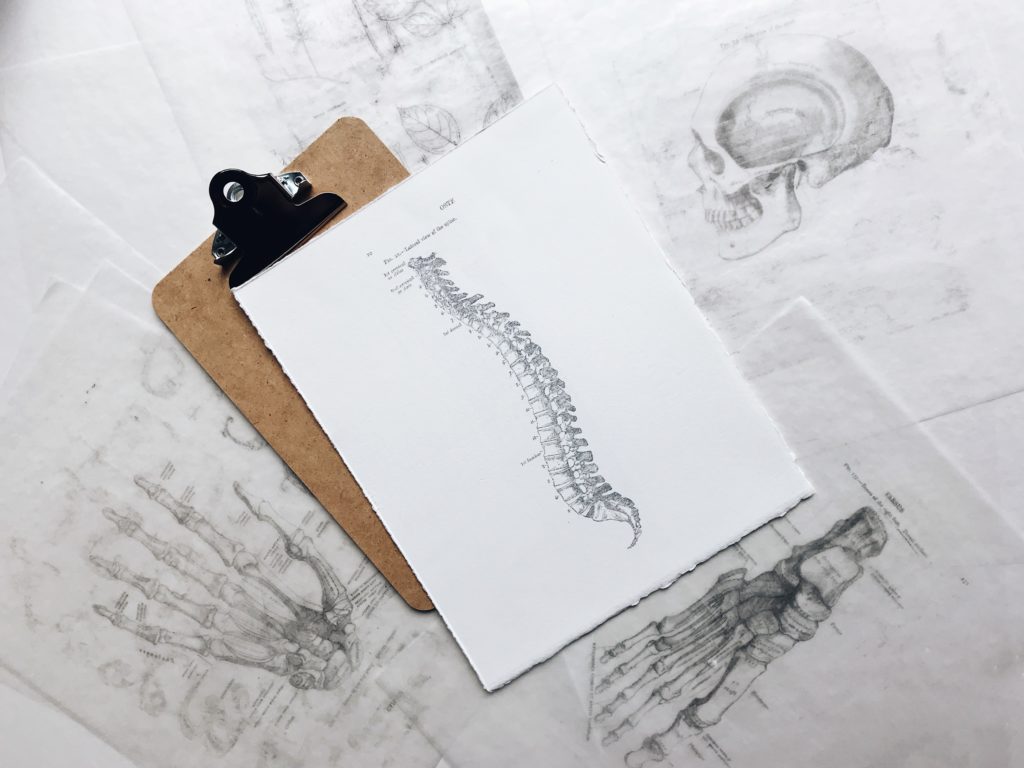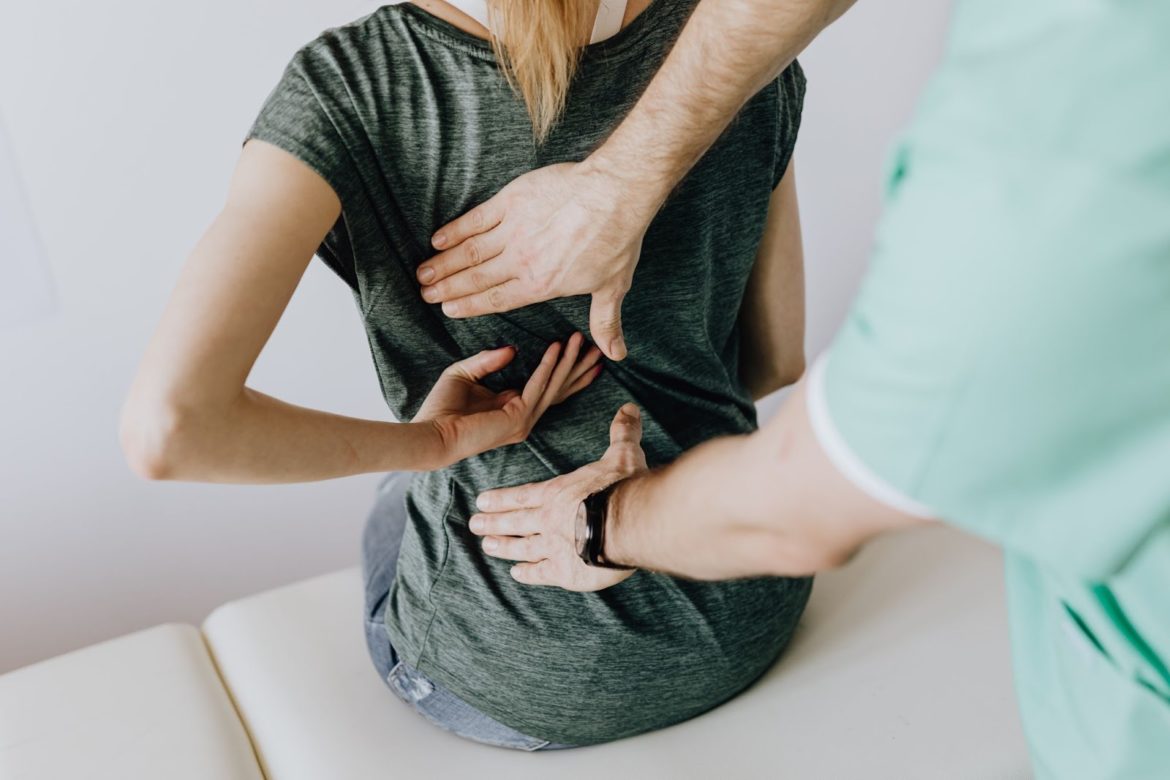Back pain puts a lot of limitations on the things that we do. It’s uncomfortable to stand, uncomfortable to sit, and uncomfortable to move around. It’s hard to get anything done when you’re laid up with an aching back.
There are many ways to approach back pain, and people aren’t comfortable with many of them. A lot of informed consumers are hesitant to use opioid drugs, particularly because of their dark track records.
Misuse of opioids and opioid dependency are common, and over 100 people die every day from opioid-related causes. Combine that with the fact that opioids aren’t intended to be used long-term, and you’ll find that a lot of people would rather not go down that rabbit hole.
That’s where medical cannabis comes into play. Cannabis use disorders are very rare, and there has never been a fatal overdose of cannabis. It’s not a pharmaceutically engineered drug, but a plant that grows naturally. A lot of people are keener on the idea of using something like cannabis to manage their back pain.
But what do we know about how it works? Is it effective for all forms of back pain? What’s the best way to ease back pain?
It’s a little bit of a labyrinth that involves the causes of pain, comprehensive treatment plants, and the FDA’s standards.
What we know about weed and pain
On paper, we know enough about cannabis and pain to determine that cannabis offers pain relief. Unfortunately, most of that paper is from different countries. The United States doesn’t approve claims based on research performed by agencies outside of the country. The FDA and Institutional Review Board require research to be conducted to their standards.
The problem comes with the way the government requires that weed and its effects are tested. Since cannabis is still illegal at a federal level, funding these studies is hard. All of the weed used for testing has to be grown at the University of Alabama, and they aren’t growing the same kind of weed that you’re probably smoking. Scientists can’t just run to the dispensary and test things, which limits their ability to assess how real-world weed actually works.
Add that to the fact that it’s extremely complicated to fund weed-related medical studies. The government is hesitant to put money into them, and colleges that receive any kind of federal subsidization can’t use their University labs to run weed tests. Most studies for weed are funded by NIDA or the National Institute for Drug Abuse.
There’s some obvious bias in what they’re willing to test for, but in recent times, NIDA has increased their interest in the benefits of cannabis rather than focusing on the risks.
We’re getting less formal test results from colleges in states where recreational cannabis is legal. Professors use mobile labs to visit test subjects at their homes, evaluate them, ask them to go back inside and use cannabis, and then return to the van for formal testing. These tests are far from perfect, but they’re the best we have. They’re also relatively new and still being pursued.

The cannabis tests we have on the books are usually conducted on animals and aren’t as reliable, mostly because animals don’t use weed the same way humans do. A mouse won’t ask for a joint. He has to be forced to consume a large amount of cannabis that dramatically differs from the way a person would consume cannabis.
Most cannabis tests on humans use THC as an isolate, or dronabinol, a synthetic version of THC approved by the FDA. The weed being tested for its ability to reduce pain or minimize the symptoms of certain conditions isn’t actually weed. It doesn’t contain any of the other cannabinoids or terpenes that make each strain unique in the effects it imparts.
Dr. Ethan Russo postulates something called The Entourage Effect. His research suggests that certain strains work in certain conditions not due to their THC content, but the way that every cannabinoid and terpene works together to produce the desired effect. Cannabis users often report they feel that strains high in terpenes like myrcene are superior in the management of pain.
RIght now, the best research we have in the United States for smoking weed and experiencing pain relief is word of mouth. People who use certain strains claim to experience pain relief, and those who experience that relief are often allowed access to their state’s medical cannabis program. Medical dispensary workers keep tabs of feedback they get and help to make recommendations on what seems to work best for other people.
Other countries are much further ahead of us. Europe and Canada are leading in cannabis research and have more THC based drugs (like Sativex for pain) on the market. The answer to the question “Does weed help with back pain?” is “It does in Europe and Canada.” It’s up to you to decide if your back pain is any different from European back pain. (Spoiler alert: it probably isn’t.)
The best way to manage your back pain
If you’re experiencing back pain, you really should go to the doctor first. This might not be the case if your back muscles are sore after an intense workout. In that situation, you know what caused the ache and you understand how and when it will resolve. If you wake up with unexplained pain, nerve pain, or pain surrounding your bones, you need a proper medical evaluation.
If you’ve already had one, you need to explore the options in front of you. If you’re interested in using cannabis for your back pain, talk to your doctor. You can obtain a medical cannabis card that will allow you to legally and safely purchase cannabis from a medical dispensary.
You can also use anti-inflammatory medications like ibuprofen and simple pain relievers like acetaminophen to help temporary aches and pains subside. It’s safe to take plain Tylenol or Advil with cannabis. The two don’t really interact.
Non-pharmacological therapies
It would be really great if tossing some kind of medicine at pain would be enough to help it go away forever. Your body needs to heal the source of the pain. Medications can help to resolve inflammation that leads to the worsening of the pain, but you need to do other things to help your body recover following an injury.
Non-pharmacological therapies like physical therapy or a doctor-recommended gentle exercise routine like yoga can help your body recover and build strength.
Lifestyle changes
Changing your diet and lifestyle can help your body heal. People who are carrying around a little extra weight may find that dropping some of that weight will help improve their range of motion. Additional pounds put additional strain on the body. If you have recurring back pain or an injury that needs to heal, that strain can prolong your symptoms.
If you work a desk job, your back may be hurting from your sedentary lifestyle. Make sure you get up and walk around enough throughout the day. If you work in a cubicle, go somewhere else for lunch. Walk over to someone and talk to them instead of sending them an email (unless you really don’t want to talk to that person, and we all have one of those kinds in our offices).
Eating healthier helps. You need to be getting enough protein and trace nutrients in your diet to support the health of your muscles and nerves. Talk to your doctor about what you need, and if necessary, start taking supplements. If it’s not necessary, just make sure you’re getting all the lean protein and leafy greens you’re supposed to be getting.
The takeaway
Weed is not FDA-approved as a way to treat back pain in the United States. It has been approved as a valuable treatment for many painful conditions in Europe and in Canada, though.
But, we’re in California, which is in neither place, therefore, we can’t call weed a treatment for anything.
Here’s what we can say: if you feel better when you smoke weed, smoke it. If your back happens to hurt, no worries.
Emjay can deliver weed in any form you want in as little as 30 minutes. You don’t have to get up and go anywhere. We’ll meet you right at your front door. Make sure you’re taking care of yourself, and we hope you feel better soon.
